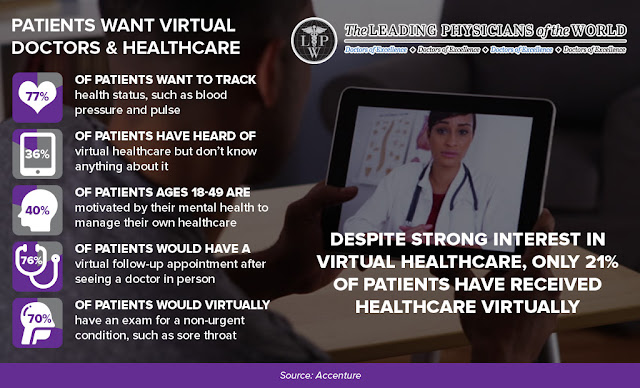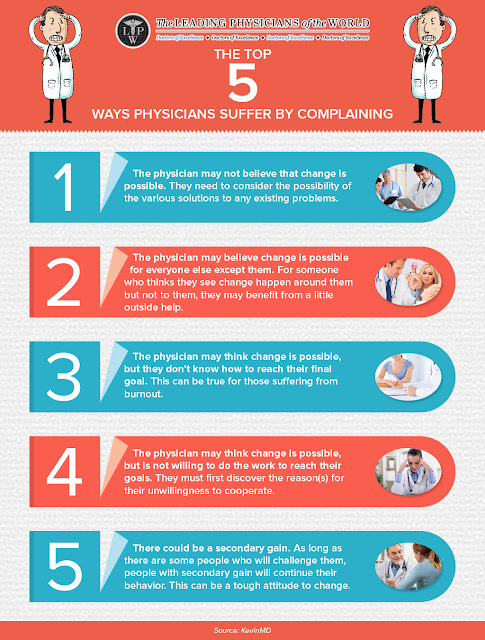Future of Healthcare - The Leading Physicians of the World
Healthcare changes around the globe such as a rise in chronic diseases, rise in the aging population, and urbanization are the major things to look at when trying to predict the future in healthcare. Such trends have posed concerns and strains in healthcare systems as there are already existing issues in cost, quality, and access of health care. With this in mind, you should realize that new treatments models or techniques are needed to integrate elements of prediction, automation and prevention to make health care efficient and affordable. This article will explain new treatment paradigms and also highlight key areas that are expected to change in each sector. Challenges that the healthcare industry is likely to face in achieving better care for the future are also explained in the article. Below are some of the things that are likely to experience change in the future of healthcare: 1. Healthcare Technology Healthcare technology is the transforming tool for physi...





